The National Institute for Health and Care Excellence (NICE) have published a new draft guideline covering rehabilitation after traumatic injury: https://bit.ly/3jLfXc7
The guidelines are currently under consultation until 5pm on 8th September 2021.
Reviewing the document, this guideline seems truly represents a multi-disciplinary perspective with the key message that coordination and communication between the various services supporting injured persons rehabilitation is key. As well as emphasising the need for coordinated multi-disciplinary input from two or more allied health professional disciplines, the document stresses that rehabilitation could also involve vocational or educational social support to enable the individual to return to their previous functional level – including returning to work school or college, emotional, psychological and social and psychosocial support, equipment or adaptations, ongoing recovery from injuries that may change the persons rehabilitations needs, and further surgery or readmissions to hospital. The document stresses that there are wider costs to the community if people are unable to return to work or education and that the aim of rehabilitation is to reduce these costs through improving overall functioning.
The document deals with different aspects of rehabilitation in detail including the process of setting rehabilitation goals and developing a rehabilitation plan. Under rehabilitation goals there is a need to agree short- and long-term rehabilitation goals with the person and their family members / carers and for these goals to be reviewed regularly based on what is most important and meaningful to the individual. Goals should also consider their home circumstances, aspirations about returning to work or education and their preferred time frame, focussing on a strength-based approach which builds on positive function and ability. The guideline states that when setting long-term rehabilitation goals small steps should be agreed so that progress can be monitored in a way that is meaningful and motivational to the person. It is stressed that members of the MDT should be skilled and competent in helping people identify goals that are right for them and understanding how the psychological impacted trauma can affect goal setting and rehabilitation planning.
The guideline then goes on to talk about how these goals should be incorporated into an individual’s rehabilitation plan which should be an individualised journey towards the person’s agreed goals. The need for regular updates in partnership with the person to reflect progress, goals, ongoing needs, and key contact information at key points of transitioning care is also stressed. It is important that barriers to implementing the rehabilitation are identified and that appropriate referrals are made to other services in order to meet these needs. There is a need to focus on functional outcomes, for example return to work, school, or leisure activities. Specialist services such as those addressing fertility or endocrine concerns should also be considered. All of this should be carefully monitored to ensure that the person is making progress at a rate which is most appropriate to them and that all their different complex needs are considered, which includes physical rehabilitation, cognitive rehabilitation, psychological rehabilitation, and the involvement of other specialist services.
The new NICE guideline is clear that all the complex rehabilitation activity needs to be carefully formulated to be addressing the persons’ functional needs and consider their long-term goals with short term steps towards meeting these goals clearly outlined within the rehabilitation plan. The framework described in this new document perfectly describes the underpinning structure of Goal Manager, which moves from using the globally used ‘International Classification of Functioning, Disability and Health (ICF), which includes core sets that can be applied to all conditions resulting from major trauma. It allows long term goals to be documented which are clearly linked to the persons’ underpinning functional abilities and clearly documents the short-term smart steps that are being taken to work towards these goals. As such, Goal Manager is ideal for meeting these standards which are expected to be published on 18th January 2022. Moving patient activity to Goal Manager now will therefore ensure that services are compliant with the new standards and can provide best practice in rehabilitation care.
 - Our new brand is launching soon - Stay tuned for a fresh look and enhanced
experience!
- Our new brand is launching soon - Stay tuned for a fresh look and enhanced
experience!
